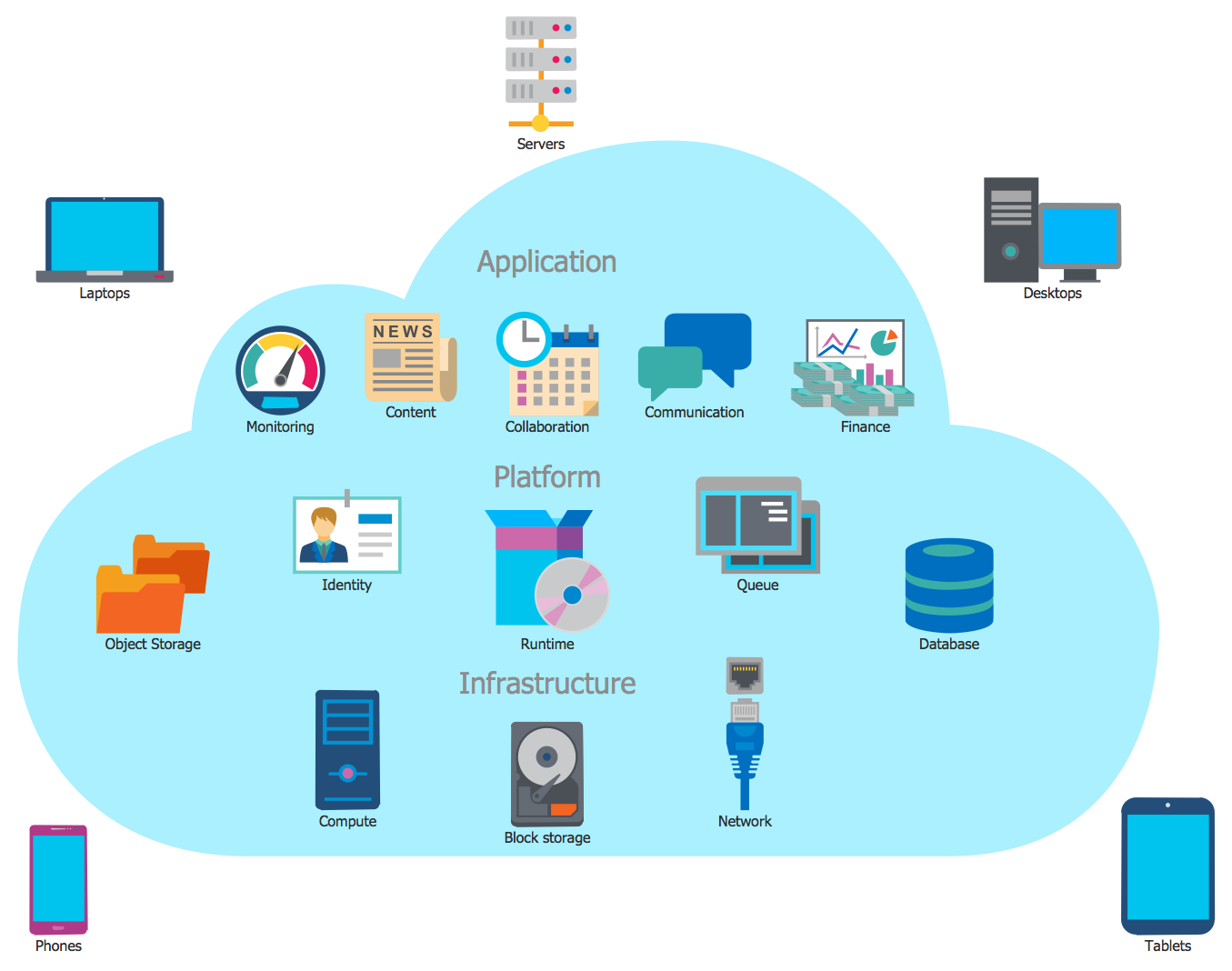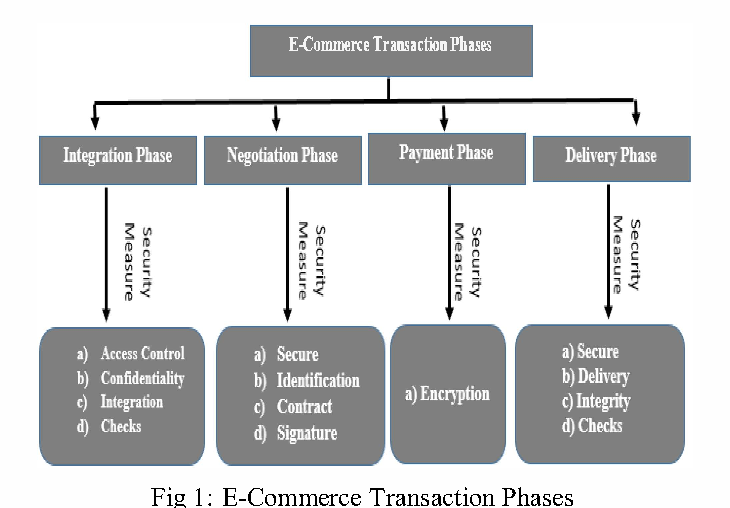
This article will provide a detailed look at the Transmission Control Protocol and Internet Protocol technologies. We will also discuss the Application layer protocols, and the Stateless protocol. This information will assist you in understanding how to use and implement network protocol. You will also learn about the history and function of each protocol.
Transmission Control Protocol
TCP/IP is a combination of the Internet Protocol (IP) and Transmission Control Protocol (TCP). The IP layer governs the flow of packets through a network. TCP, on the other hand, ensures that data can be transmitted across Internet-connected networks reliably. TCP layers checks packets for error and requests for retransmission, if required. This allows any computer to communicate with any other.
The TCP protocol can be used to reduce latency. Data can be lost if there is a delay in receiving acknowledgement from the receiving device. Data packets in TCP are divided into segments or components. Each segment must contain a checksum to ensure no two packets are the same. If the checksum field gets corrupted, the destination won't send an ACK.

Internet Protocol
Transmission Control Protocol (TCP) is one of the main protocols in the suite of Internet protocols. It was used initially in network implementation. It complemented the Internet Protocol. TCP/IP refers to the whole suite of protocols. TCP is a data protocol used to facilitate communication over long distances.
TCP and IP differ in how they work. TCP works in a more reliable manner, as it establishes a reliable and consistent communication session. IP, while connectionless, acts as a service for datagrams. While IPv4 remains the most commonly used Internet Protocol, IPv6 has become more popular in private and public networks. It brings new features to administrators and presents challenges.
Application layer protocols
TCP/IP protocol stack is made up of many layers. Each layer has its own set rules and responsibilities. Each layer uses data to communicate information by agreeing on the way it should transmit information. Each layer is composed of different components. Therefore, each layer's protocols are similar to a collection of building blocks that are stacked on top. The protocols are called stacks and are therefore arranged in layers.
The top layer of TCP/IP is called the application layer. It specifies protocols used in application processes. This layer facilitates communication between applications and networks by providing access to global information. It is also important in communication synchronization, resource availability, and communication synchronization. For example, the application layer allows users access the World Wide Web through remote servers. Users can also receive messages.

Protocol that is stateless
A stateful protocol requires a server to hold some information in order to send data. This is a requirement for computer applications. A server is necessary for computer applications. The server then processes the client's request. Different protocols have different degrees of dependency between the server and the client. This dependency is not present in stateless protocols, which means that there is less load on a server.
Stateless protocols can be more resource efficient than stateful ones, as they require less information to help them orient. However, stateless protocols come with some limitations. Sometimes, a stateless protocol may not work best for a system. It might not be possible to trace the origin of spam messages.
FAQ
Do I have to use a template?
Yes! Yes! Many people use pre-built frameworks or templates when creating websites. These templates have all the code you need to display your information on your website.
The following are some of our most-recommended templates:
WordPress - the most widely used CMS
Joomla - another popular open source CMS
Drupal - Drupal is an enterprise-level software that large organizations can use
Expression Engine - A proprietary CMS from Yahoo
There are hundreds of templates available for every platform. It should not be difficult to find the right one.
How do you design a website?
First, you need to know what your customers want from your site. What are they looking at when they visit your site.
What other problems could they face if they can't find the information they need on your website?
Once you know this, you must figure out how to solve those problems. It is also important to ensure your site looks great. It should be easy to use and navigate.
It is important to have a professional-looking website. You should ensure that your site loads quickly. If it takes too long, people may not be able to stay as long. They will move on to something else.
If you're going to build an eCommerce site, you need to think about where all your products are located. Are they in one place? Are they scattered about your site?
Decide whether you plan to sell one product at a time or several products. Do you want to sell just one type of product or multiple kinds?
Once you have answered these questions, you can begin building your site.
Now it is time for you to concentrate on the technical aspect of things. How will your site operate? Is it fast enough? Can people get to it quickly from their computers?
Can people buy things without having to pay more? Is it necessary for them to register before they are able to purchase anything?
These are vital questions you need to ask. These are the questions that you need to answer in order to be able move forward.
Which website builder should I use?
The best way to build an effective web presence is to start small. If you have the resources and time to create a fully-fledged website, go for it. Start with a basic blog, even if your budget is limited. You can always add features later as you learn how to design and develop websites.
It is essential that you have a primary domain name before you can start your first website. This will give you something to point to when you publish content.
How do I choose a Domain Name?
It is important to pick a quality domain name. A great domain name will help people find your site when they search for your product.
Domain names should not be too long, difficult to remember, specific to your brand, or unique. Ideal domain names are something people would type into their browser.
Here are some tips for choosing a domain name:
* Use keywords related to your niche.
* Avoid using hyphens (-), numbers and symbols.
* Don't use.net or.org domains.
* Do not use words you already know.
* Try to avoid generic terms like "domain" or "website."
* Check it's always available.
Where Can I Find Freelance Web Developers?
There are many places you can find freelance web designers or developers. These are some of the best choices:
Freelance Websites
These sites offer job listings for freelance professionals. Some have very specific requirements, while others don't care what type of work you do.
Elance, for example, offers high-quality jobs as programmers, graphic designers, translators and editors, project managers and many other positions.
oDesk offers similar features but focuses on software development. They offer jobs in PHP, Perl, Java, C++, Python, JavaScript, Ruby, iOS, Android, and.NET developers.
oWOW is another good option. Their site focuses on graphic and web designers. They also offer video editing, writing, programming, SEO, social media marketing, and many other services.
Forums online
Many forums let members post jobs and advertise. For example, there's a forum dedicated to web developers called DeviantArt. You can search for "web developer" using the search bar to see a list threads in which people are seeking help with their websites.
Are there any technical skills required to design and build my site?
No. It doesn't matter what HTML or CSS you know. Tutorials that teach HTML and CSS can be easily found online.
Statistics
- It enables you to sell your music directly on your website and keep 100% of the profits. (wix.com)
- At this point, it's important to note that just because a web trend is current, it doesn't mean it's necessarily right for you.48% of people cite design as the most important factor of a website, (websitebuilderexpert.com)
- In fact, according to Color Matters, a signature color can boost brand recognition by 80%. There's a lot of psychology behind people's perception of color, so it's important to understand how it's used with your industry. (websitebuilderexpert.com)
- Did you know videos can boost organic search traffic to your website by 157%? (wix.com)
- Studies show that 77% of satisfied customers will recommend your business or service to a friend after having a positive experience. (wix.com)
External Links
How To
How to become a web developer?
Websites are more than just HTML code. It's an interactive platform, which allows you communicate with users and provides valuable content.
A website is not only a tool for delivering information, it's a portal that connects you to your customers. It should help customers find what they need quickly and efficiently while also showing them how you want them to interact with your company.
The best websites let visitors do exactly what it says on the tin: find what they are looking for, then go.
To reach this goal, you'll need to have technical skills and design aesthetics. You'll need to learn HTML5 coding and CSS3 styling as well as the latest developments in JavaScript.
You'll also need to know how to use various tools, such as Dreamweaver, Photoshop, Illustrator, InDesign, and Fireworks, allowing designers to create and edit website graphics and layouts. And finally, you'll need to develop your style guide, which includes everything from fonts to colors to layout.
To learn more about becoming a web designer, you can start by reading articles or taking online courses.
Although it might take you months or even years to finish your degree program you will be ready to join the workforce once you have earned it.
Keep practicing! You will build amazing websites if you are a better designer.